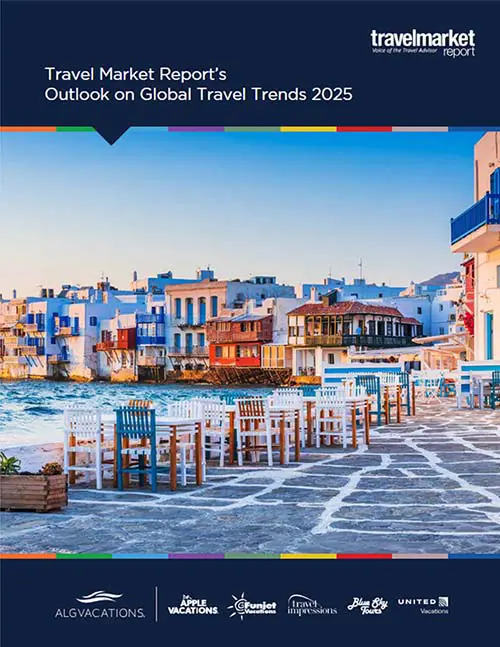What’s Next for Travel to the Middle East?
by Briana Bonfiglio
Much of the Middle East has suffered travel losses due to the conflict between Israel and Iran.
Tourism to the Middle East has been changing rapidly since Hamas’ attacks on Israel on Oct. 7, 2023, sparked an ongoing war in the region. While travel to Israel has come to a halt, the tour industry wants the public to know that other parts of the Middle East are safe to visit.
“It’s important to communicate that these countries are now safe,” said Terry Dale, CEO of United States Tour Operators Association (USTOA), during the organization’s annual conference, which had Egypt, Jordan, and Saudi tourist boards as some of its sponsors. “As leaders in the industry, we need to be the first ones to go to the Middle East.”
Meanwhile the advisor community is striking a balance of getting the message out that Middle East countries outside of Israel are safe, while also respecting that everyone has a different comfort level with world travel during tumultuous times, regardless of if where they are traveling to poses a danger or not.
“There are areas where things are prolonged and other areas where things have gone back to normal,” said Amalia Lazarov, a Travel + Leisure top travel advisor specializing in Oman, Qatar, Saudi Arabia, and the United Arab Emirates (U.A.E.). “At the end of the day it’s about how you feel and if you are comfortable. I cannot tell you to feel safe.”
Lazarov, who is based in New York City, lost relatives in the Oct. 7 attacks. At the same time, like many other advisors, she dealt with a wave of cancelations and had to reroute her clients’ trips to different places. She resolved that through her pain, she had to go forth and be an “ambassador of travel.”
“People who have travel in their DNA will keep traveling,” she said. “We have to keep that message; we have to keep traveling. This is our language; this is our way of spreading the good.”
Lazarov spoke during the International Travel Show (ITS) in New York City in late October on a panel titled “The Middle East: New Openings and New Alliances Open Up Ancient Destinations” about the good that has come of recent peace deals in the area for tourism, such as how it has become safe for women to travel solo in most Middle Eastern countries. She credits the U.A.E. for transforming the area into a profitable tourist destination.
“While in the past it was a great connection point, now it is a destination,” she told TMR. “The U.A.E. were pioneers in helping the Middle East evolve in travel. They did for [the Middle East] what yoga did for India. They brought it closer to travelers who didn’t consider the Middle East before.”
Lee Abbamonte, a travel analyst who is the youngest person to visit every country in the world, calls the region the “new Middle East.” Cities such as Dubai and Abu Dhabi in the U.A.E. have become renowned tourist destinations, and now it is Saudi Arabia’s turn to do that for its own cities.
Saudi Arabia is transforming with its Vision 2030 plan to invest in diversifying its economy to rely less on oil exports. This will likely make tourism one of its largest economic sectors.
Abbamonte noted that “everything is changing” in Saudi, and it is not the same place it was just a decade or two ago. “That’s going to be the next spot,” he said.
At the USTOA Conference, Hani Ukaily, of Saudi Tourism Authority, spoke during a general session about Saudi’s enormous investment in its tourism industry. Ukaily comes from both Saudi and American heritage. He previously worked in the oil and gas industry and started in the tourism industry just about one month ago.
“Witnessing the size of investment and the seriousness of the Saudi government put behind this industry made me feel and realize that this is not something that is here for a couple of days or years but is building a future not only for me but for my kids and my grandkids,” he said. “Saudi Arabia is an open book. We have a lot of stories that resonate with a lot of people. We’re telling our story right now, and we’re welcoming everyone here to come and experience those stories.”
























